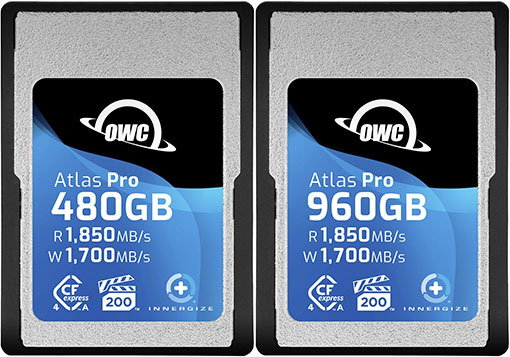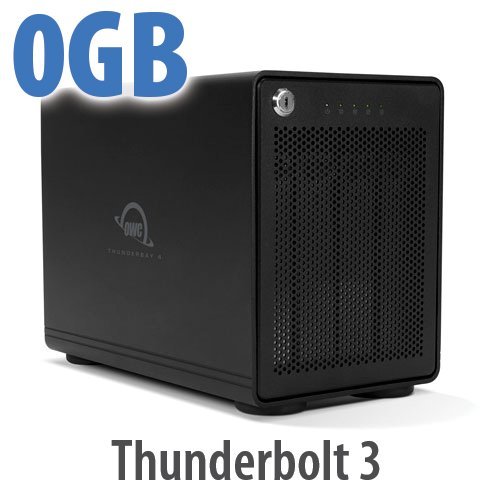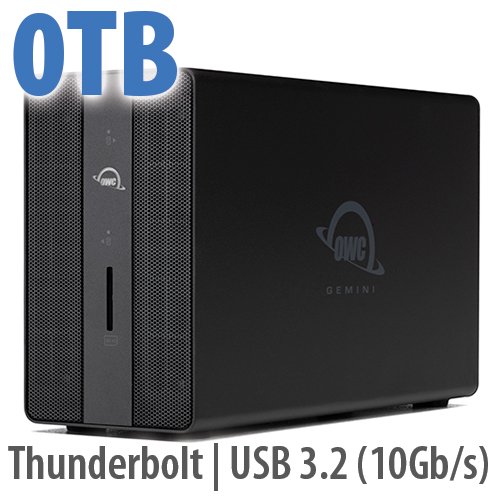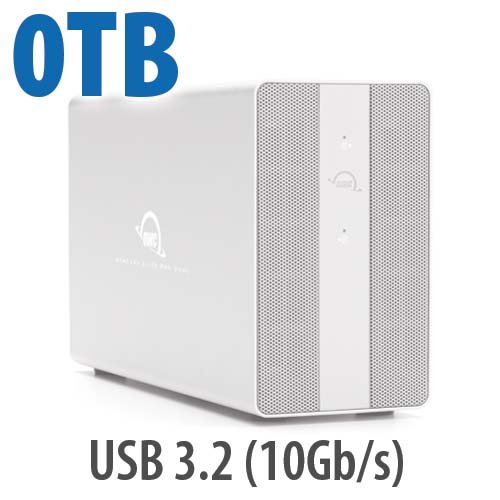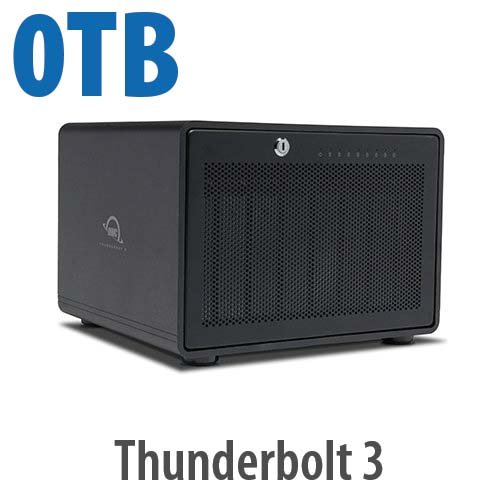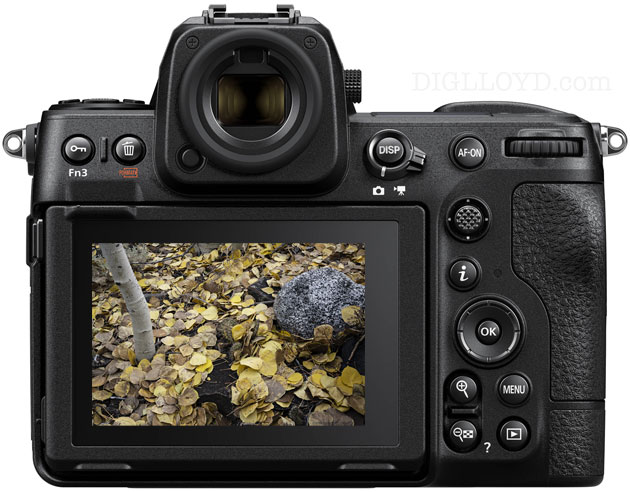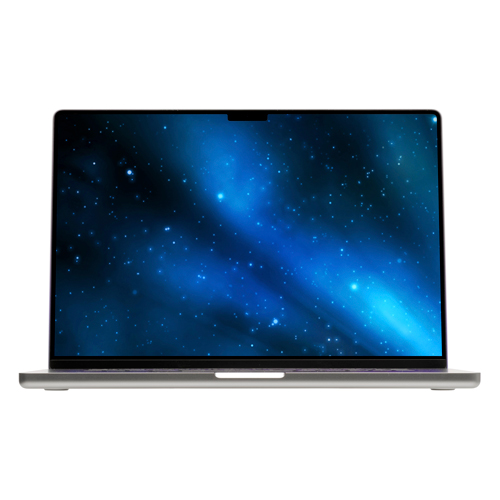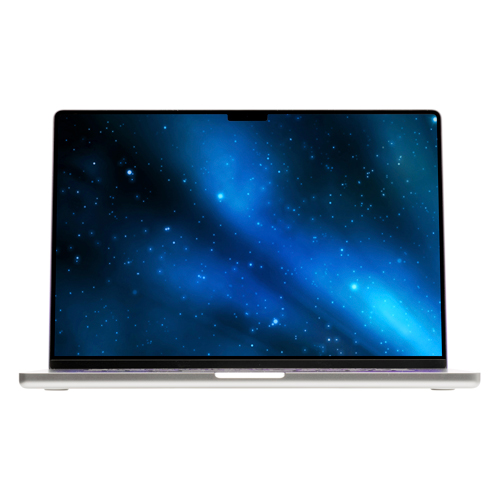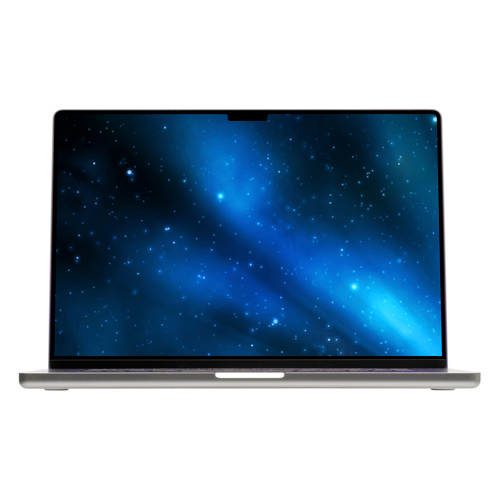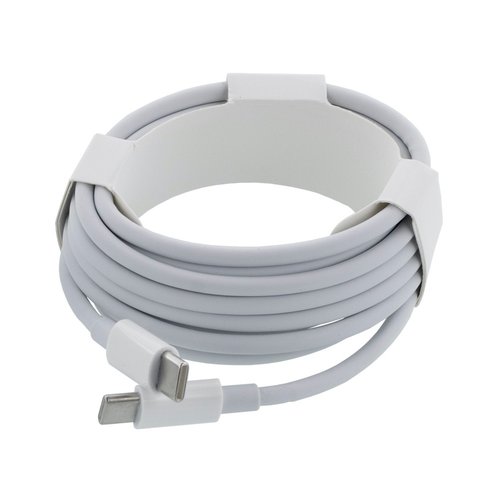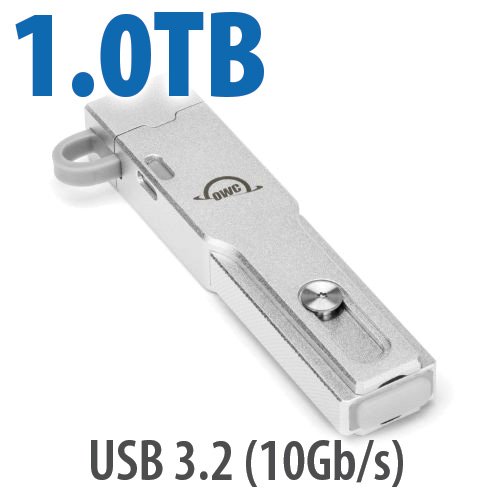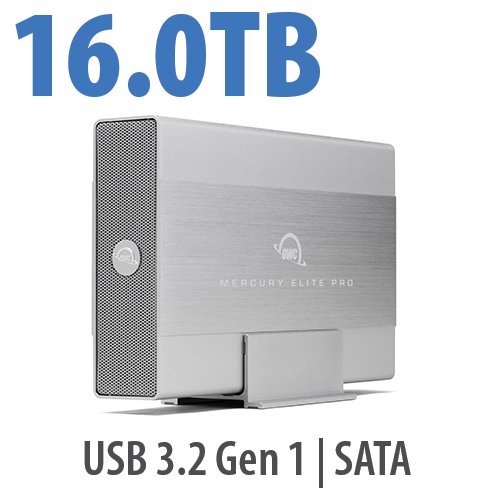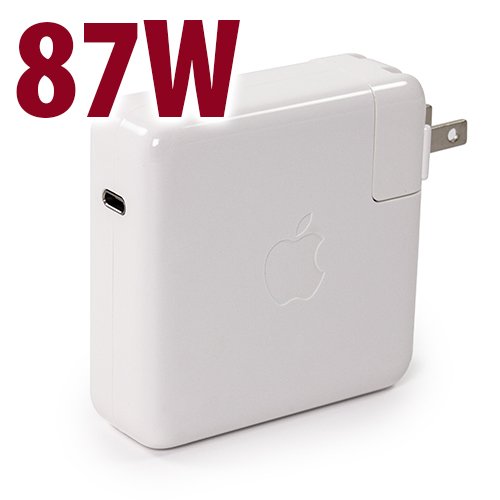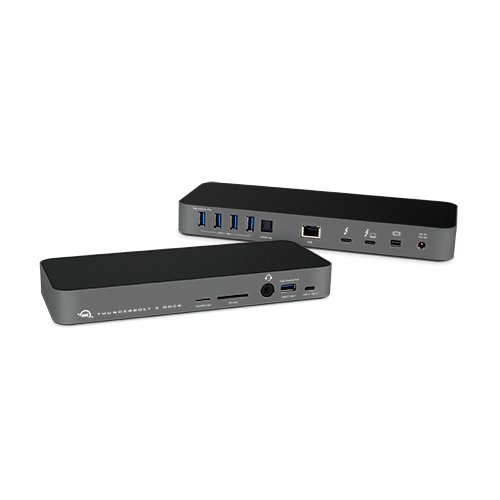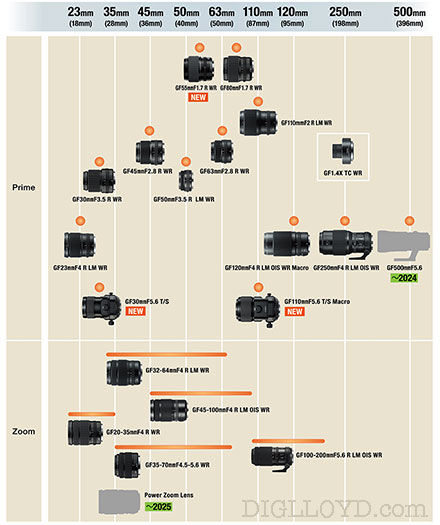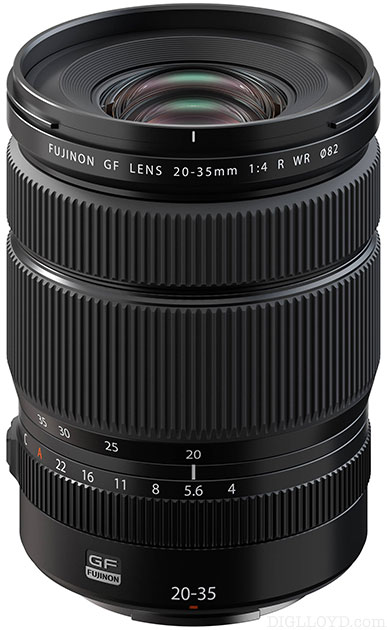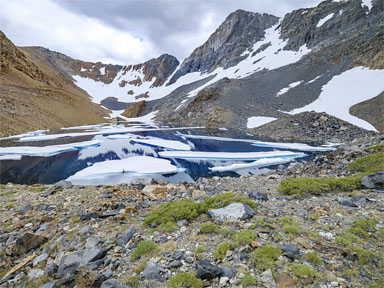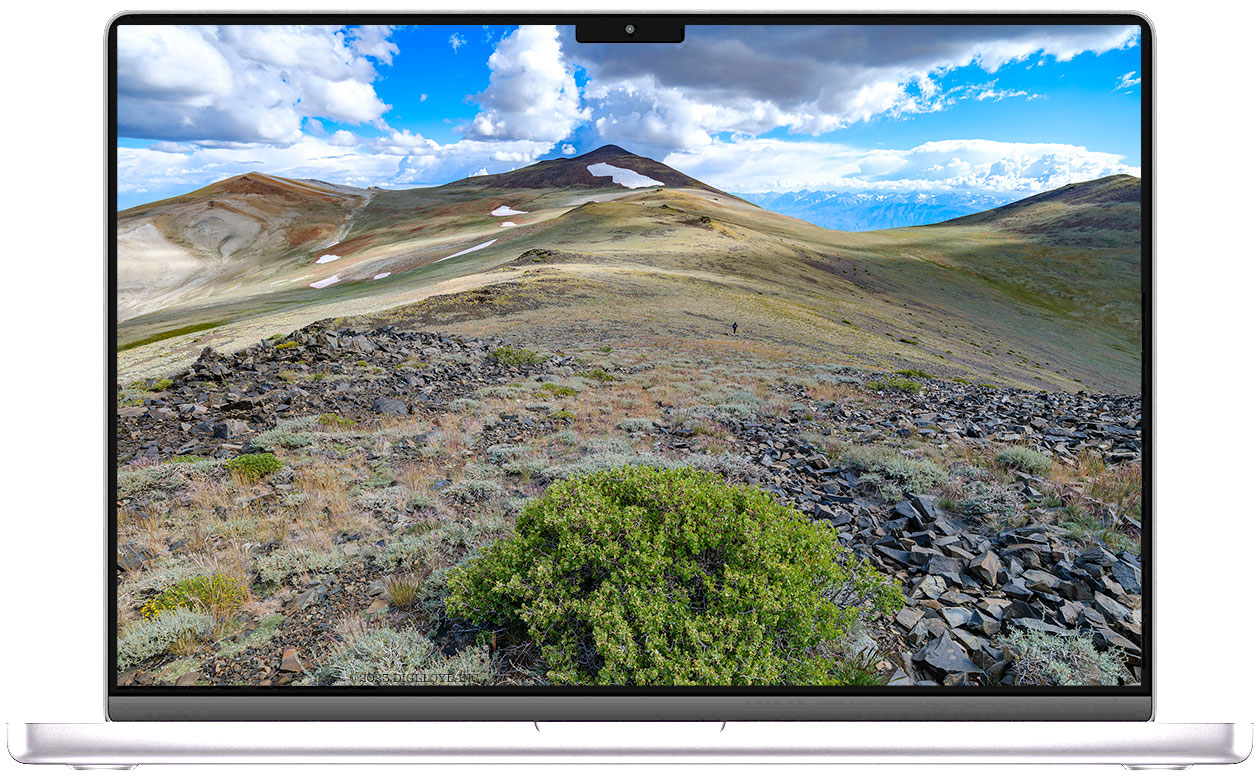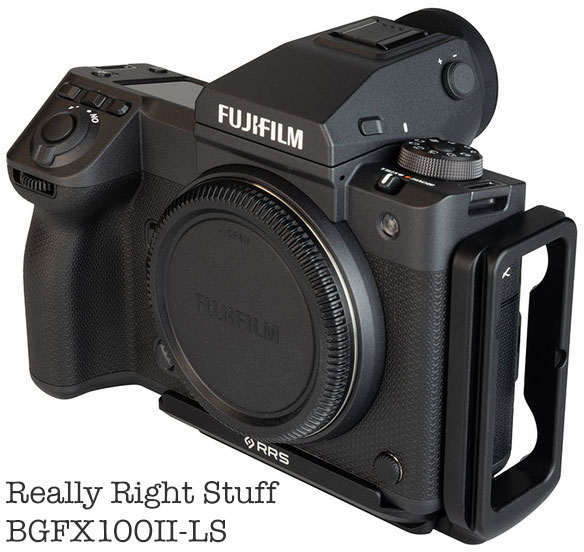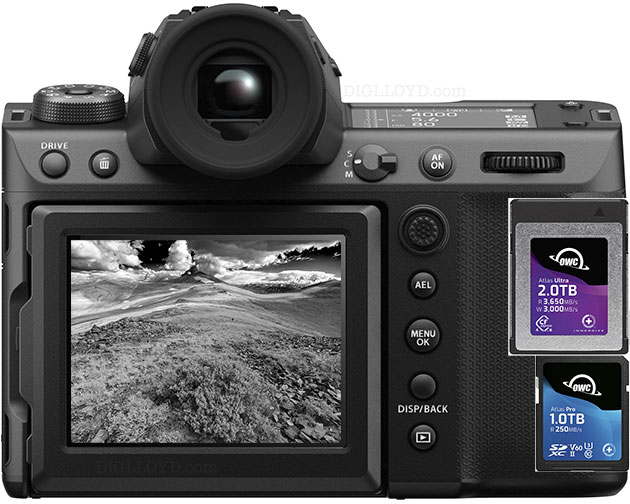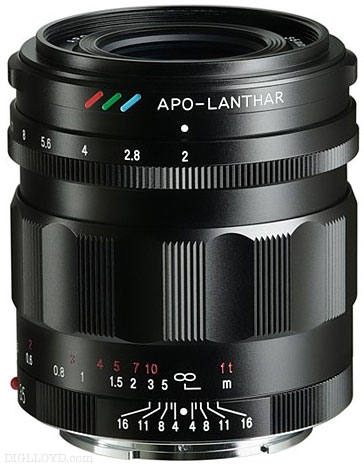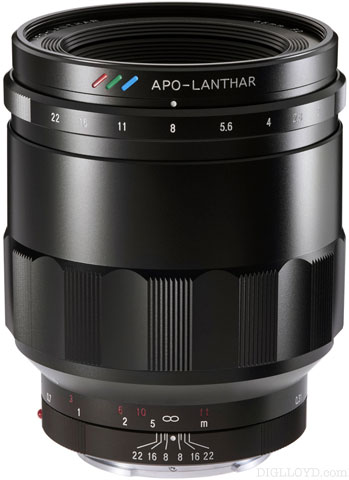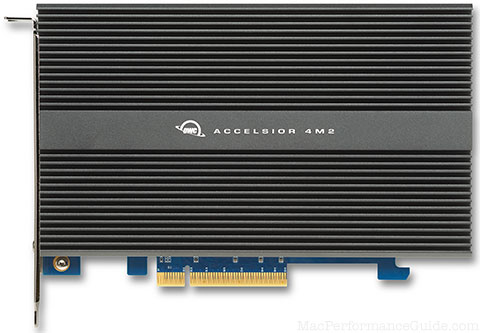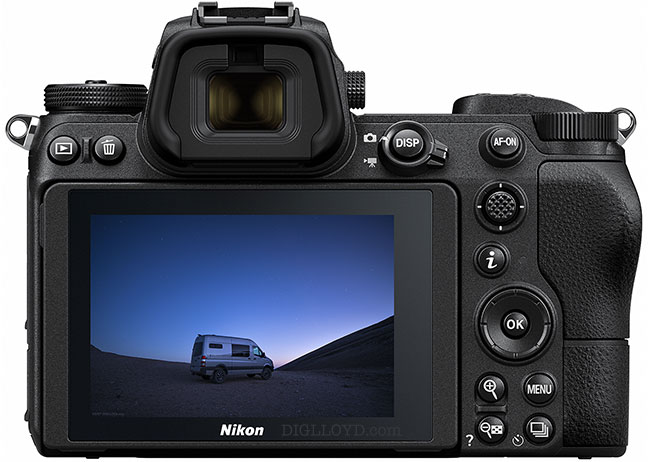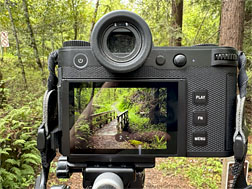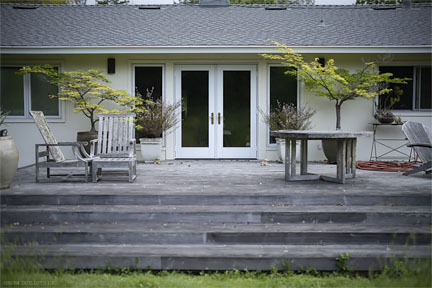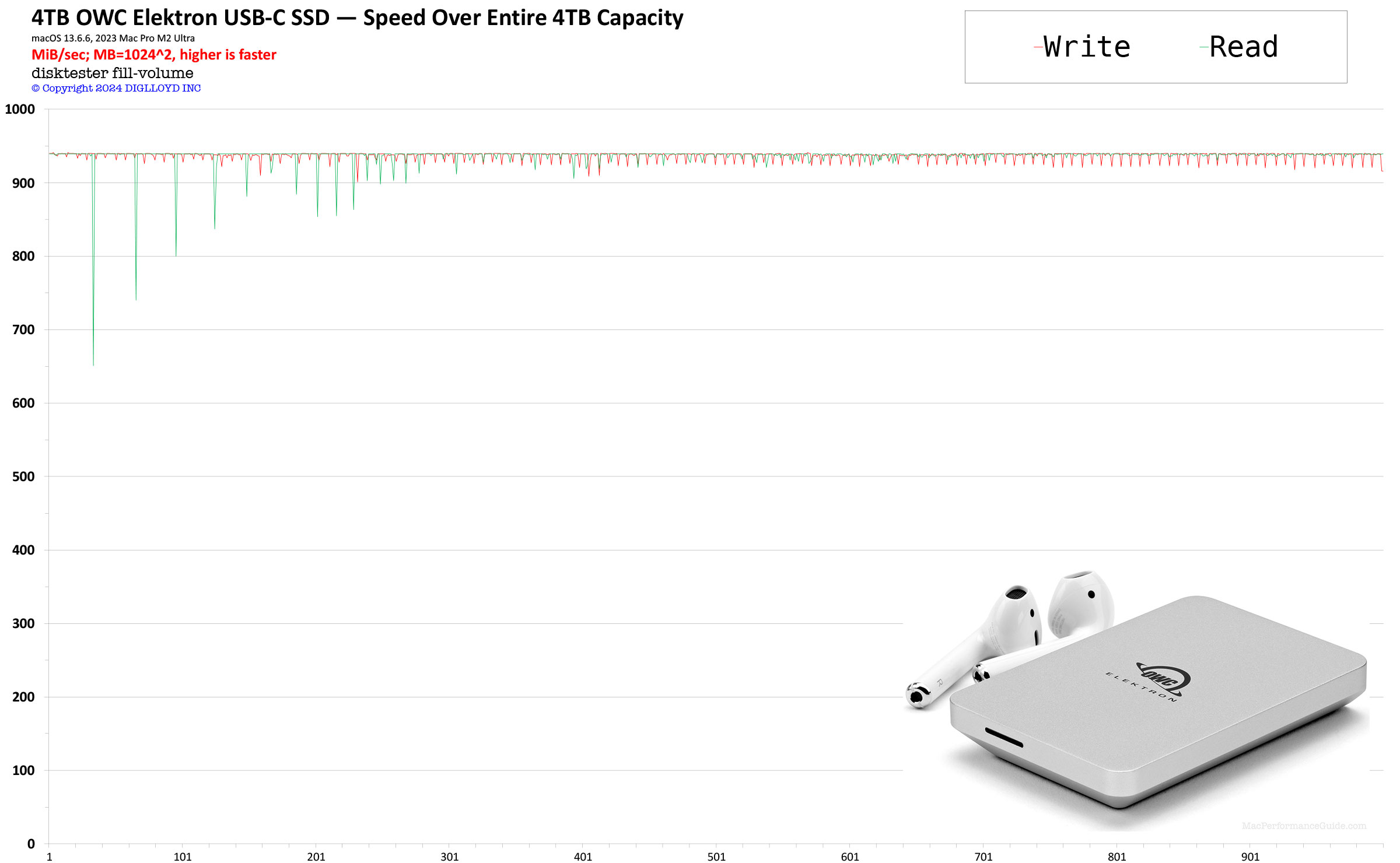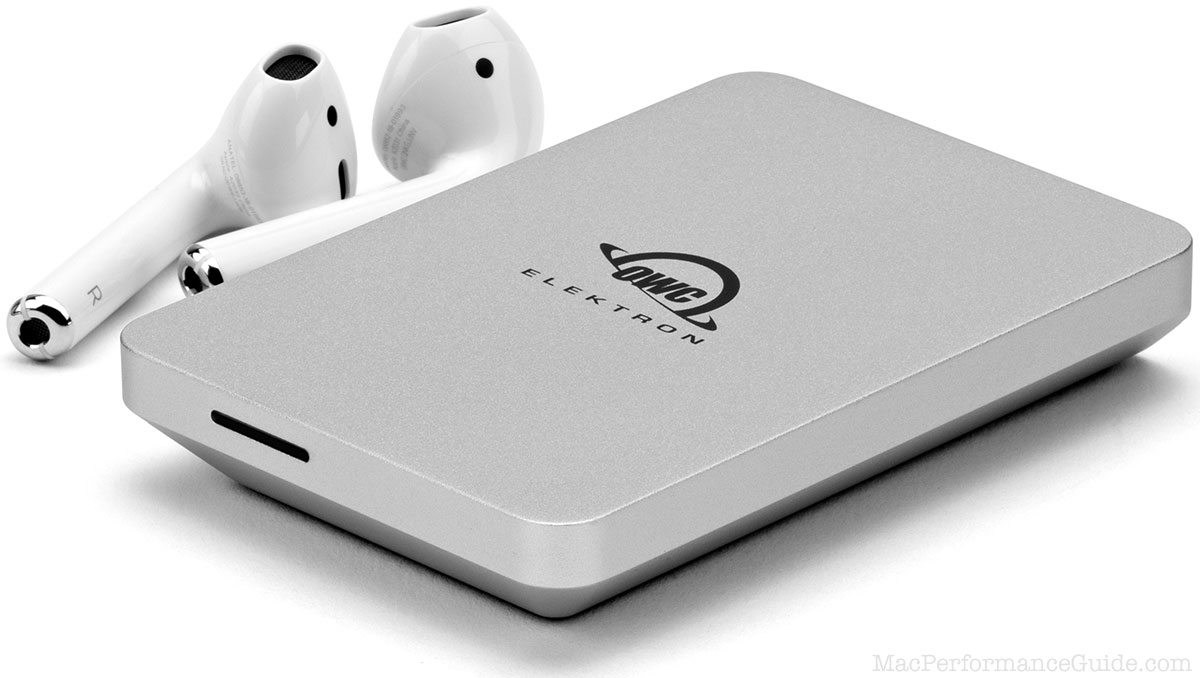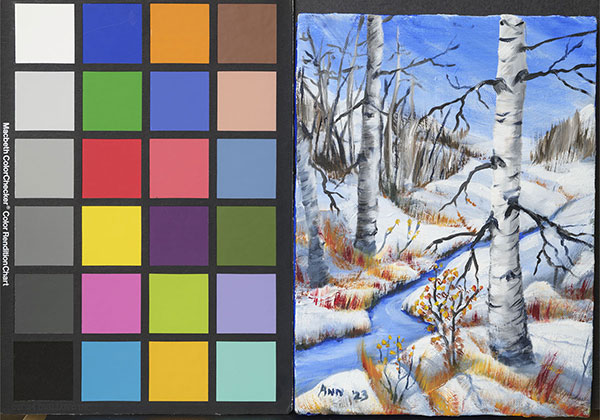OWC CFExpress Type A Cards for Sony are now Shipping!
re: NEW! OWC Atlas Pro CFExpress Type A Camera Cards for Sony A7R V, Sony A1
Of course they are for any brand, but only Sony uses CFExpress Type A for now eg in the Sony A7R V and other models, at least in the group of Leica/Fujfiilm/Hasselblad/Canon/Nikon which all use Type B.
I’ll have some Type A cards to test very soon. The OWC CFExpress Type B cards have performance flawlessly in every camera I’ve used now for 2.5 years and counting. These cards rock and are ideal for encrypted wallet backups too! And they will be factory fresh speed for their lifetime with OWC Innergize.
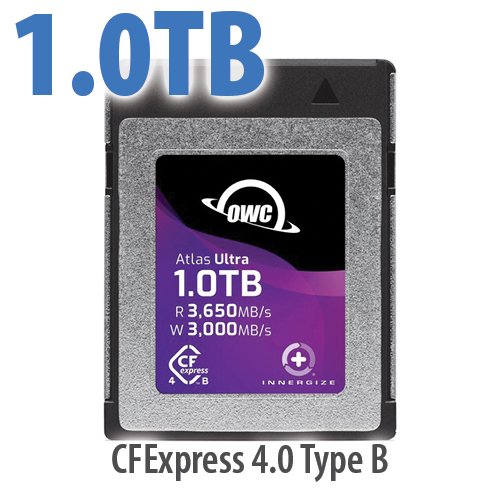
|

|

|
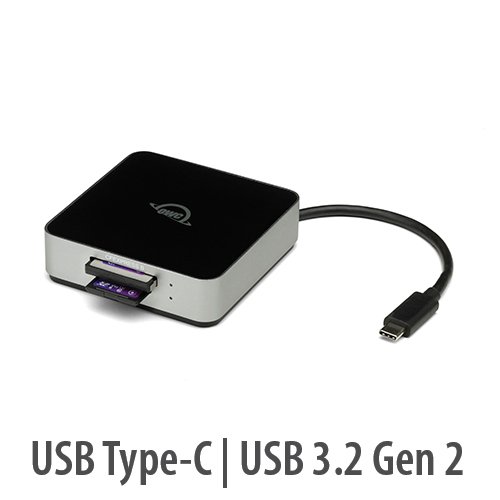
|
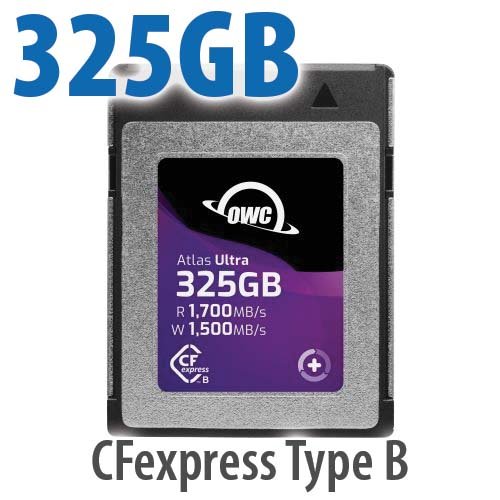
$290 SAVE $110 = 27.0% OWC 325GB OWC Atlas Ultra CFexpress 2.0 Type B Memory Card in All Other Categories
|
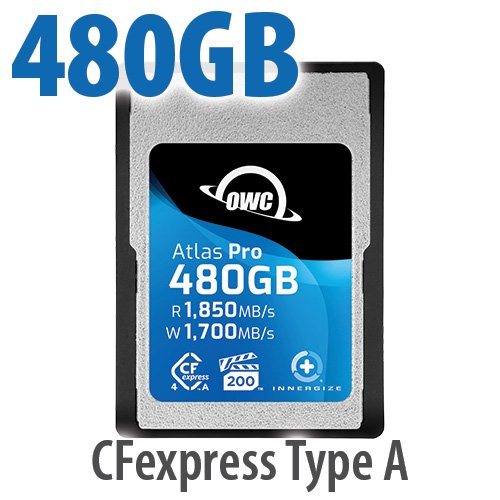
|
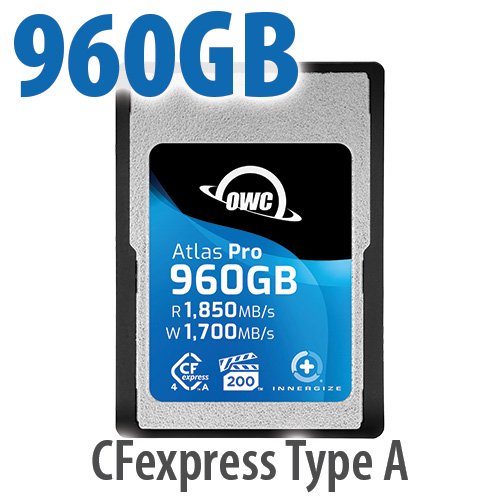
|
High-performance, highest quality memory card for professional filmmakers, photographers, and videographers using Sony Alpha and FX cameras
- Pro-Speed: Up to 1700MB/s write and 1850MB/s read speeds for the most advanced uses cases of professional content creators including fast burst RAW image sequences and high bitrate video recording up to 8K1
- Dependable: Delivers 400MB/s minimum sustained write speed
- Compatible: Designed for use in Sony Alpha and FX cameras including a1, a7SIII, a7IV, a7rV, a9III, FX3, FX6, FR7, and FX30; as well as CFexpress Type A memory card readers and reader slot equipped devices
- Supportive: VPG200 certified to work with all Sony camera modes and enable the highest allowable settings in Sony Alpha, FX and FR7 cameras
- Compliant: Fully compliant with CFexpress Type A 4.0 specification and meets Type A 2.0 specifications
- Versatile: Includes Type A to Type B adapter to obtain maximum speed when paired with an OWC Atlas USB4 CFexpress 4.0 Card Reader
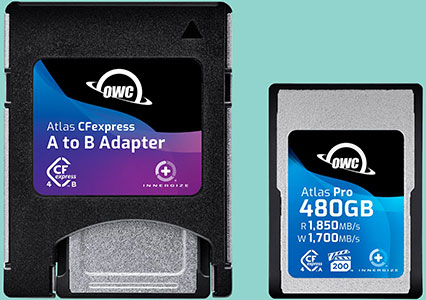 OWC Atlas Pro CFExpress Type A to B
OWC Atlas Pro CFExpress Type A to B- Tough: Impact, bend, shock, ESD, UV ray, and x-ray resistant
- Complete: includes Innergize™ health, performance, and field upgrade management tool for OWC Atlas Memory Cards
- 3 Year OWC Limited Warranty
The Atlas Pro CFexpress 4.0 Type A cards are now available for pre-order and will ship in May on Macsales.com at $319.99 for 480GB and $519.99 for 960GB. Atlas CFexpress Type B readers are also available at a starting price of $79.99 on Macsales.com.




























